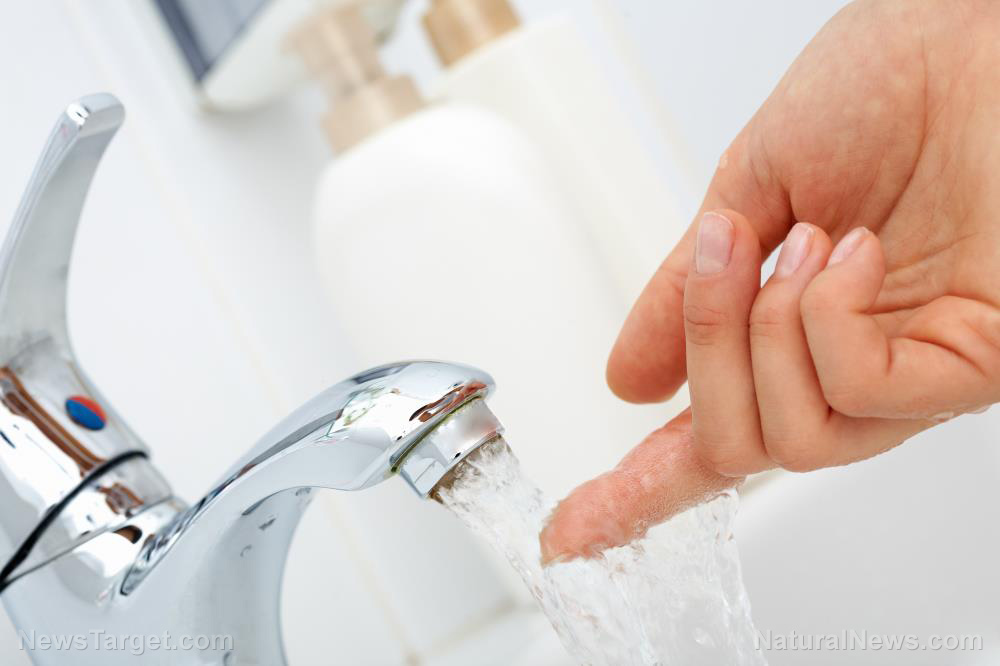Is it safe to drink your tap water? EWG’s updated database can help you find out

(Natural News) Last week, a peer-reviewed study by scientists from the Environmental Working Group (EWG) was published in the Environmental Science and Technology Letters journal that showed that more than 200 million Americans could be drinking water that is contaminated with toxic fluorinated chemicals called PFAS. This means that 60 percent of the U.S. population could be in danger.
One of the study’s co-authors, Dr. Olga Naidenko, said that although drinking water was already known to be a major source of exposure to these toxins, the new paper shows that PFAS pollution affects more Americans than previously believed.
“PFAS are likely detectable in all major water supplies in the U.S., almost certainly in all that use surface water,” she added.
This means that regardless of where you live, the odds are clearly not in your favor. If you are wondering about the quality of the tap water in your area, you can consult the Environmental Working Group’s Tap Water Database to gain some insight.
Learning about contaminants in your local area is as easy as entering your zip code
The EWG has collected information on the quality of tap water provided by utilities across the U.S. based on information submitted to their state’s environmental or public health agencies. They compiled this information into a database that enables residents to easily check the safety of the tap water in their area and find out what steps they can take if their water does contain contaminants. In many cases, it may be as easy as filtering their water.
When you enter the database, you can quickly find the results for the utilities in your area by entering your zip code and clicking on the “Go” button. This will provide a list of the utilities that serve your area as well as the city and the number of people served.
Once you’ve clicked on the relevant utility, you can find out whether or not its tap water is in compliance with federally set health-based drinking water standards. The database conveniently lists the years for which the data is available and the source of the water, such as groundwater.
It will list the total number of contaminants that were detected and identify how many of those exceed the EWG’s health guidelines. It breaks down each of the contaminants found and at what concentration, which it then compares to EWG’s health guideline for that chemical. It also outlines the potential health effects of the toxin and provides a link to a page that contains further information about the health risks of the chemical. This page will also list the filtering options that can help remove it, such as activated carbon or reverse osmosis.
The website also warns that meeting the federal government’s standards does not necessarily mean that the water is safe as the legal limits for contaminants in tap water in the U.S. have not been updated in nearly two decades; some standards are more than four decades old.
EWG senior scientist Tasha Stoiber said that many people assume that the water that comes out of their tap is fine, especially if they feel okay after drinking it. However, about half of detected contaminants in water have no regulations at all, while those that we do have are based on very old science. In other words, even though drinking water may meet legal standards, it could still pose potential health risks, particularly to vulnerable groups like children and pregnant women.
Unfortunately, people cannot simply switch utilities in many cases to avoid water that doesn’t make the grade. However, it is possible to filter your water to reduce the risk as much as possible.
Everyone should take a few minutes to carry out this research as it could have a big impact on your long-term health. If your water is questionable, you can look into your filtering options and get in touch with your local water utility or elected officials to find out why the contaminants are there and what they’re doing to remove them.
Sources for this article include:



